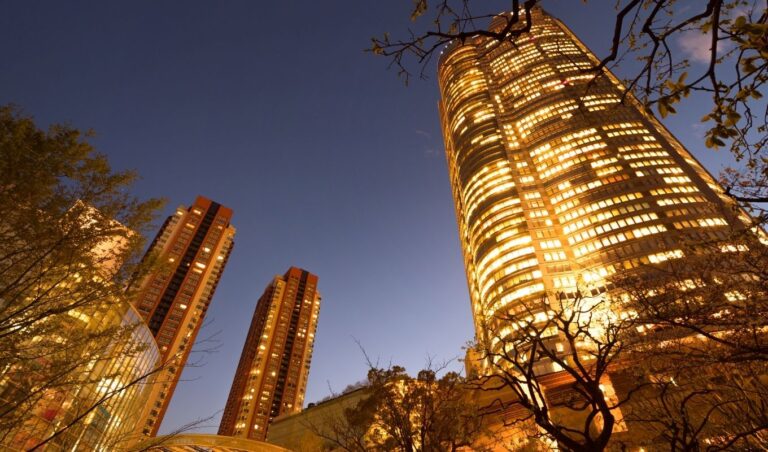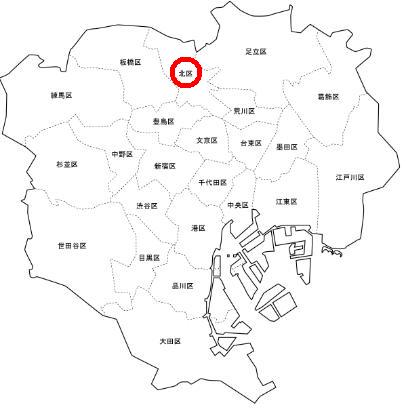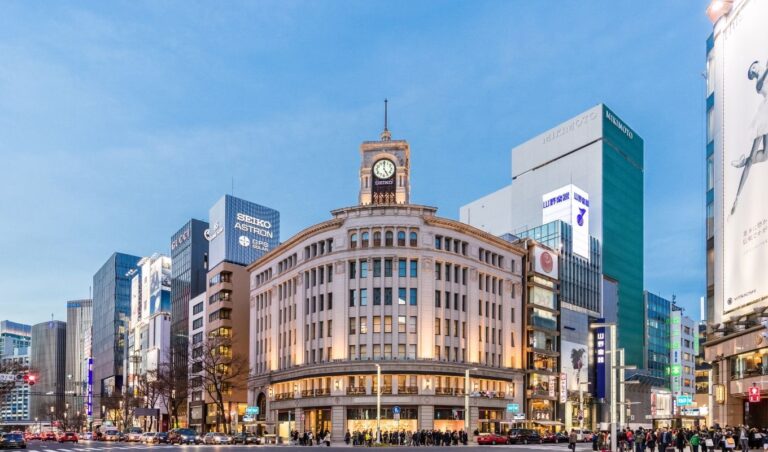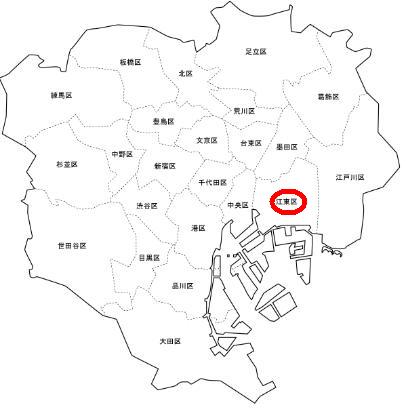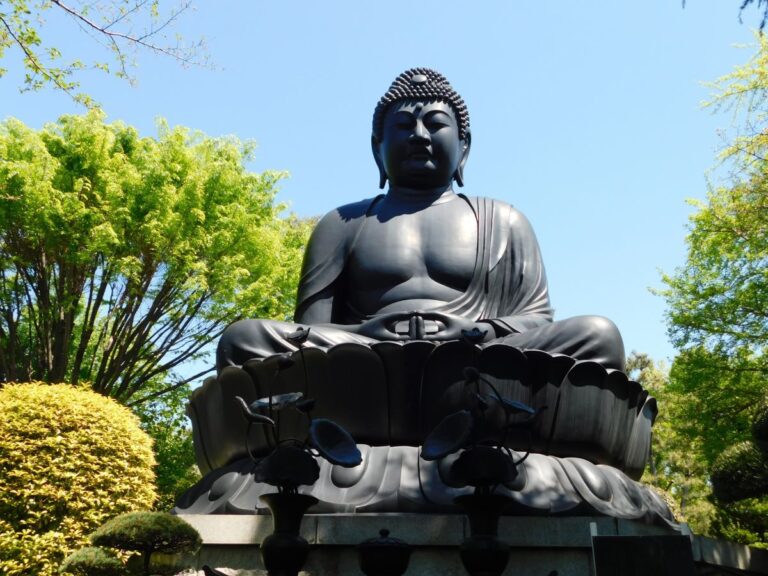
Bunkyo-ku is located in the north central part of Tokyo’s 23 wards and has been home to many famous writers, scholars and politicians since the Meiji era, including Soseki Natsume, Ogai Mori and Kenji Miyazawa.
This Bunkyo Ward is home to publishing and printing, advanced medical care, many large hospitals, the Tokyo Dome, Kodokan (Judo), and the University of Tokyo.
Sightseeing spots in Bunkyo Ward Tokyo
There are also a number of large historic Japanese gardens such as Otowa no Mori, Rikugien, Korakuen and Koishikawa Botanical Garden.
Bunkyo-ku was formed by the merger of Koishikawa-ku and Hongo-ku in 1947, and the name “Bunkyo” was chosen because of the footprints of many cultural figures from the Edo period and the large number of schools in the area.
Rikugien
16-3, Honkomagome 6-chome, Bunkyo-ku, Tokyo
Rikugien is a metropolitan garden, but it was originally a daimyo’s garden built by Yanagisawa Yoshiyasu, a close servant of Tokugawa Tsunayoshi, the fifth Tokugawa shogun, as his own residence. The name “Rikugien” comes from the word “Rikugi” in the preface to the Kokin Wakashu, which expresses the six key words of waka poetry: “Fu,” “Elegance,” and “Ode,” and the three expressions “Fu,” “Ri,” and “Kyo. The garden is lit up after sunset during the autumn foliage season from late November to early December, and is a popular spot for its attractive lighting.
Yushima Seido (Yushima Cathedral)
4-25, Yushima 1-chome, Bunkyo-ku, Tokyo
Yushima Seido was built by Tsunayoshi Tokugawa, the 5th Shogun, and is considered to be “the birthplace of school education in Japan”. Therefore, many students come to the temple to pray for success in entrance examinations. It seems that the popularity of the pencils for the students to pray for success in the entrance examination is in the pencils. Good luck, students!
Hatoyama Kaikan
1-7-1 Otowa, Bunkyo-ku, Tokyo
Hatoyama Kaikan, also known as Otowa Goten, is a memorial to Ichiro Hatoyama, who served as Prime Minister of Japan. Hatoyama Kaikan is a Western-style reinforced concrete building with bird motifs such as pigeons and owl decorations throughout.
A small museum of music boxes
3-25-14 Mejirodai, Bunkyo-ku, Tokyo
This museum was opened in 1983 by Yoshito Namura, a music box collector and researcher, who opened his home to the public. There are three paid courses to visit, museum course, concert course, and the director’s course. Admission to the shop only is free.
Japan Football Museum
10-15, Hongo 3-chome, Bunkyo-ku, Tokyo
The Japan Football Museum is a football museum built to commemorate the 2002 FIFA World Cup in Japan and Korea. The museum mainly displays materials and exhibits related to the 2002 World Cup from the past to the present. It is a popular tourist spot for soccer fans.
Koishikawa Korakuen Garden
1-6-6 Koraku, Bunkyo-ku
Although today’s Koishikawa Korakuen Garden is a metropolitan garden, it was originally a Japanese garden (daimyo’s garden) in the Tsukuyama-sensui kaiyu style, built in the Edo Jo-yashiki residence of the Mito Tokugawa family in the early Edo period (1603-1868). The Koishikawa Korakuen Garden is an urban oasis where you can feel at ease with nature, plants and flowers, and enjoy the beautiful seasons of Tokyo with its history, culture and many plants.
Koishikawa Botanical Garden
3-7-1 Hakusan, Bunkyo-ku, Tokyo
The Koishikawa Botanical Garden is a facility of the University of Tokyo where various researches on plants are conducted. The garden was originally the Koishikawa Oyakuen (Koishikawa Pharmaceutical Garden), which was opened by the Edo Shogunate for the purpose of growing plants used as medicine at that time. The well of the former Koishikawa Yoseishojo, Newton’s apple, Mendel’s grape, open greenhouse, ginkgo of sperm discovery, cycad of sperm discovery, earthquake memorial monument, site of sweet potato trial, classification specimen garden, medicine garden preservation garden, Japanese garden, Hanashoubu garden, etc. are the spots you should visit at least once.

